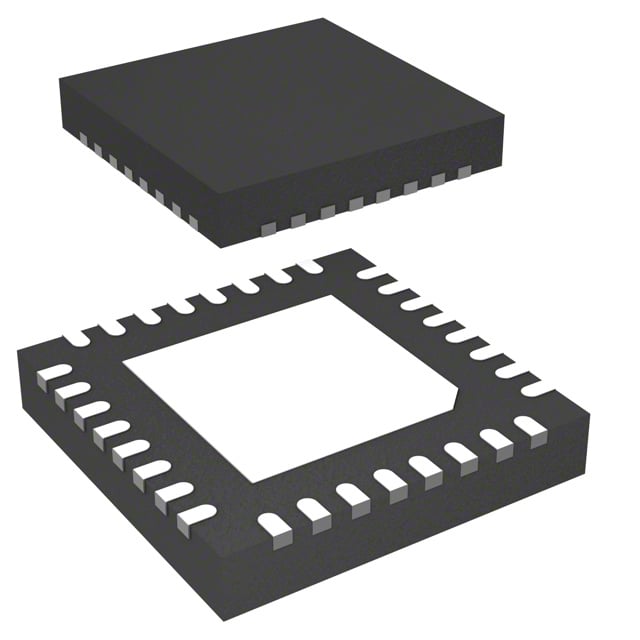PowerDsine® Series, Power Over Ethernet (PoE) Controllers
Results:
6
Manufacturer
Series
Operating Temperature
Auxiliary Sense
Current - Supply
Supplier Device Package
Standards
Package / Case
Number of Channels
Voltage - Supply
Mounting Type
Internal Switch(s)
Type
Power - Max
Results remaining:6
Applied Filters:
PowerDsine®
About Power Over Ethernet (PoE) Controllers
Power over Ethernet (PoE) controllers are electronic components that enable the transmission of both electrical power and data over a single Ethernet connection. This technology eliminates the need for separate power cables, batteries, and local power adaptors, simplifying the installation and operation of remote devices. There are two main types of PoE controllers: Bridge Rectifier PoE Controllers: These controllers employ a bridge rectifier circuit to convert the alternating current (AC) power from the Ethernet cable into direct current (DC) power that can be used to power the connected device. They ensure efficient power conversion and provide stable DC power for reliable device operation. N+1 O-Ring PoE Controllers: These controllers incorporate N+1 redundancy, where N represents the number of power sources required for proper device operation. The additional power source ensures system reliability by providing backup power in case one power source fails. O-Ring functionality refers to a ring network topology that allows seamless power transfer between multiple PoE controllers, ensuring continuous power supply even in the event of a failure. Power Management ICs for PoE controllers may include various features and functionalities to enhance their performance: N and P-Channel FETs: These field-effect transistors (FETs) are used to control the power flow and manage the switching between power sources or to regulate the voltage levels. Internal Switches: Some PoE controllers integrate internal switches to facilitate the switching and routing of data packets along with power transmission, simplifying the overall system design. Automotive Certification: Certain PoE controllers are certified for automotive applications, ensuring compliance with industry standards and safety requirements for use in vehicles. These features and certifications contribute to the efficient and reliable operation of PoE systems, enabling the simultaneous transmission of power and data over Ethernet connections. Overall, PoE controllers offer a convenient and cost-effective solution for powering remote devices through Ethernet cabling. They eliminate the need for additional power infrastructure, simplify installation, and provide reliable power delivery for various applications, including network devices, security cameras, access control systems, and Internet of Things (IoT) devices.



